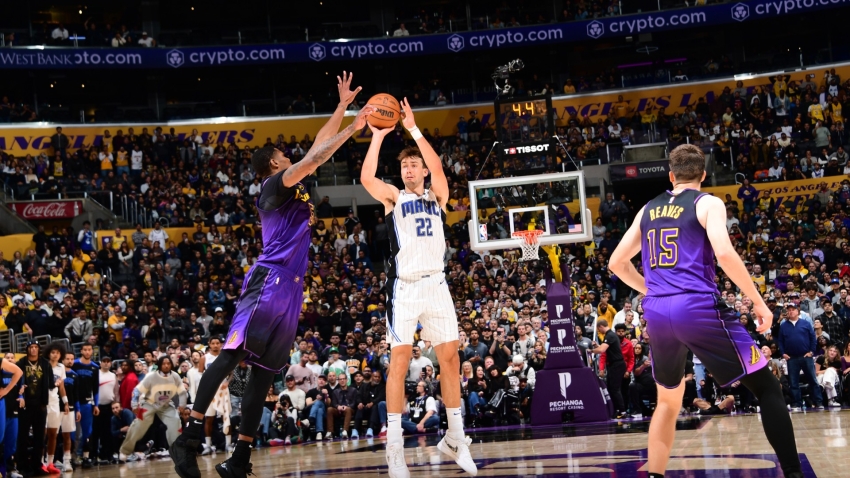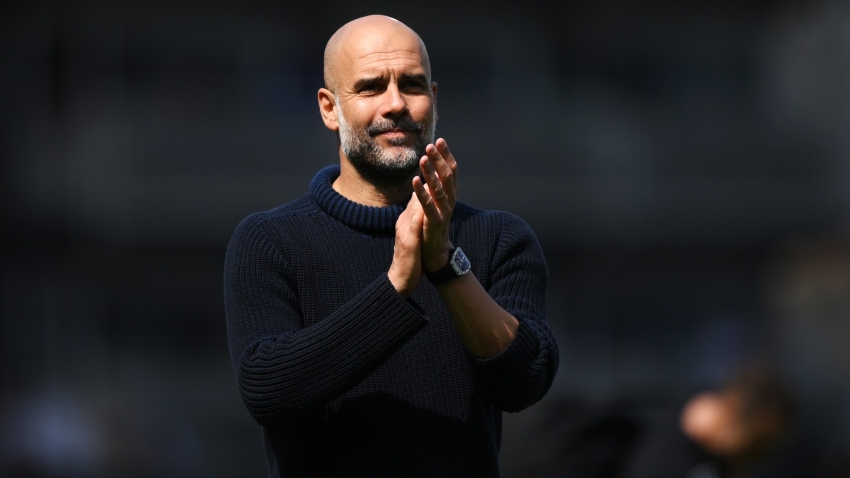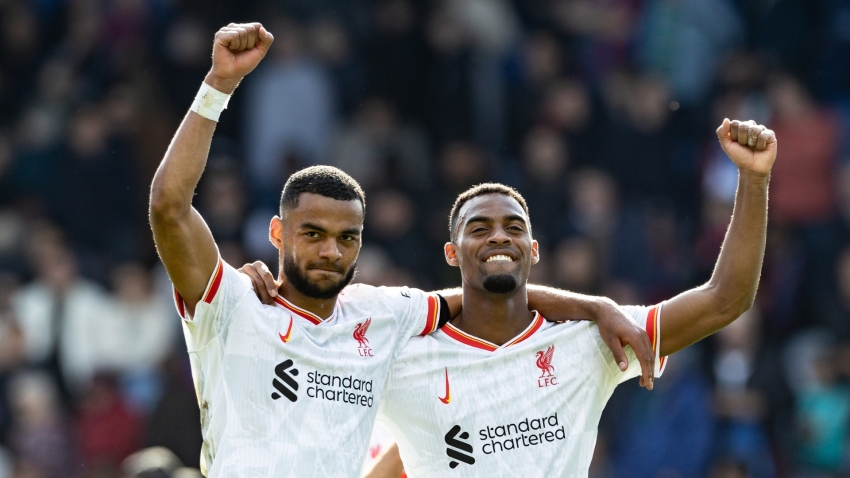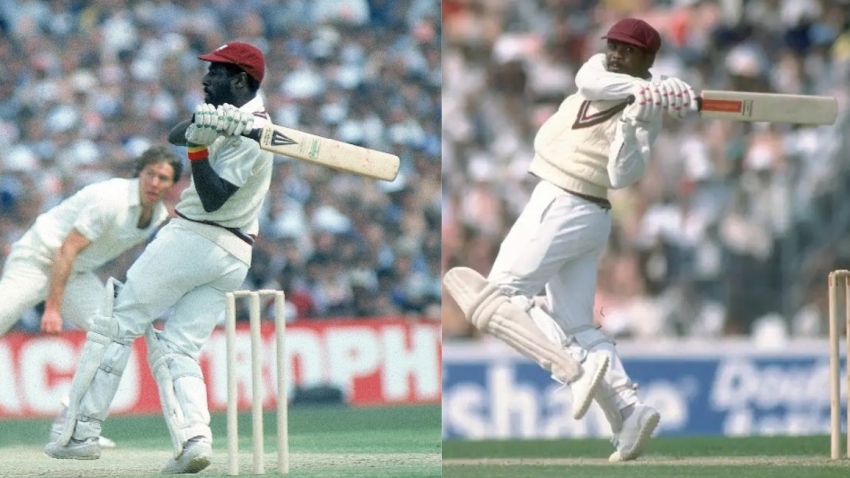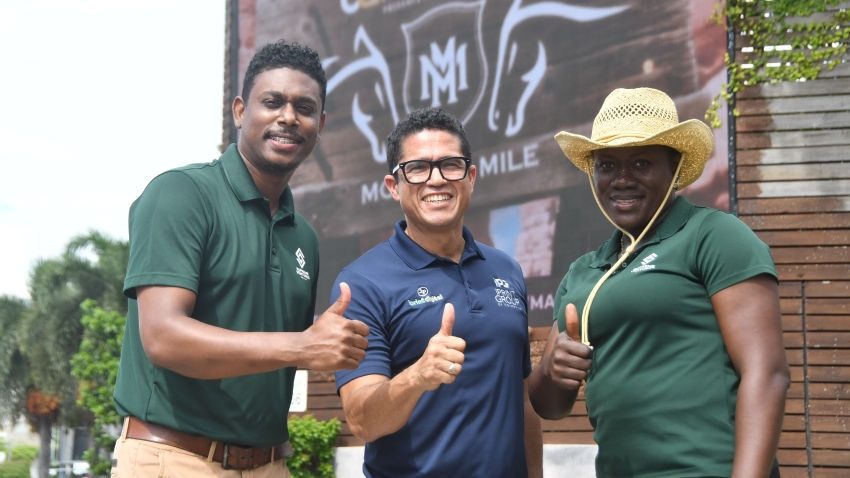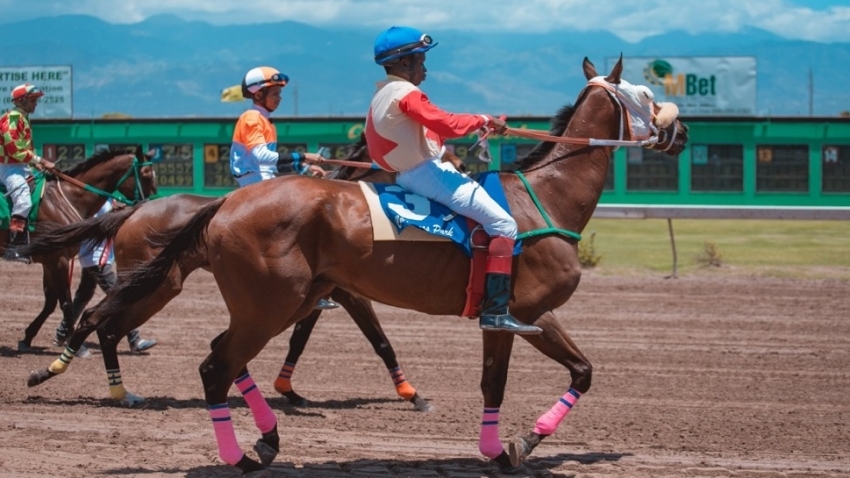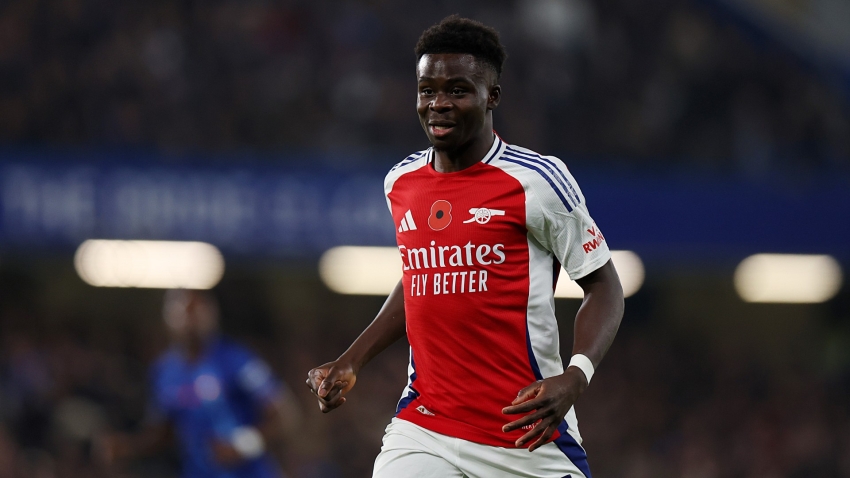Despite a reduced number of runners, down to 34 from 40, and extra safety measures making the fences less daunting, the Randox Grand National remains by far the most popular race of the year in terms of public interest.
Here, we are taking a look at what to expect from this year’s Aintree spectacular:
How much money is bet on the Grand National?
It is estimated that more than 600 million people watch the big race worldwide across 140 countries, including 7.5 million ITV viewers in the UK alone, and according to industry research conducted by the Betting and Gaming Council, approximately £250m will be staked on the main event.
BGC CEO Michael Dugher said: “Millions of us from all different backgrounds will once again come together to watch the Grand National and have a flutter on the world’s most famous horserace. It is an occasion like no other and demonstrates once again sport’s unique ability to bring the whole nation together.”
Jack Shelley, deputy director of horse racing at William Hill, the official betting partner of the Grand National Festival, said: “As ever, the Grand National’s dominance in turnover makes it a flagship event on the racing and sporting calendar for us, with its profits surpassing the Cheltenham Gold Cup by sixfold and the Derby by tenfold.”
How do people pick out their National selections?
According to a Paddy Power poll, conducted by Research Without Barriers, the public are most likely to consider factors including the horse’s odds (28 per cent), a name with a personal meaning (24 per cent) or the horse’s form (22 per cent) to guide their judgement.
Nicola McGeady of Ladbrokes said: “Punters love to back a horse because they simply like the name and Panda Boy seems to be capturing the public’s imagination right now, while we fully expect the likes of Mr Incredible to be popular picks on the day.”
Which horses will be suited by the wet spring this year?
Although fears of an Aintree mudbath to match Red Marauder’s year have receded, many punters will still be keen to side with confirmed soft-ground specialists and several entries stand out on past evidence, including 2022 hero Noble Yeats, who has picked up a couple of victories with heavy in the going description.
Nassalam was a runaway winner of the Welsh Grand National on bottomless ground, galloping his rivals into submission to prevail by 34 lengths, while Irish Grand National star I Am Maximus beat Vanillier by 14 lengths in the Bobbyjo Chase at Fairyhouse in February on soft to heavy.
Cheltenham Festival Mares’ Chase scorer Limerick Lace loves plenty of cut underfoot and has a couple of heavy-ground wins on her CV, Galia Des Liteaux landed two novice chase victories in similar conditions last winter and among the outsiders, Ain’t That A Shame has three strikes with heavy in the going description after January’s Thyestes triumph.
What happened when the Grand National previously took place in testing conditions?
Tiger Roll led home 12 finishers when claiming the first of his two victories in 2018, a race which got off to a steady start but then saw a dozen runners pulled up on the second circuit. Many experts did feel the going was not too bad on that occasion, though.
Organisers will be desperate to avoid a repeat of the 2001 renewal on heavy ground, which could only be described as very eventful! The aforementioned Red Marauder ran out the 33-1 winner by a distance from Smarty in a chaotic race which had only four finishers from 40 starters – and two of those to complete the course had to be remounted.
Tony McCoy got back up on Blowing Wind and Ruby Walsh remounted Papillon after both came down at the 19th fence, but they were a long way adrift in third and fourth respectively.
Winning rider Richard Guest said: “I’ve never run in worse conditions. I was in two minds whether we should be out there. He (Red Marauder) nearly went down five times.”
Earth Summit prevailed when only six runners made it home on heavy ground in 1998, while the same number completed when Minnehoma scored four years earlier in similar conditions.
In three of the four races mentioned above, all of the horses returned home safely, but a trio of fallers were fatally injured during the 1998 renewal.
Have changes been made to reduce the risk of more mishaps?
Absolutely. Much has been made of how the Aintree fences have been scaled down in size, as well as the difficulty of the ditches being reduced, but other factors contributed to the 2001 debacle and they have also been addressed in recent times.
There was a spate of early fallers 23 years ago, with 10 runners coming a cropper at the first four fences. This year, it is hoped that implementing a standing start and moving the first fence 60 yards closer to the start will slow down the opening stages of the race and reduce any initial recklessness.
The other major problem in 2001 was loose horses. Third-fence faller Paddy’s Return carried on and contributed towards a pile-up at the Canal Turn, where 10 runners bowed out. Subsequent winner Amberleigh House was one of four to be brought down in the melee, while joint-favourite Moral Support was among four to refuse during the pandemonium.
Only seven were left standing heading out onto the second circuit, with commentator John Hunt stating: “There are loose horses everywhere.” At the 19th fence, a couple of them veered wildly across the course and caused another incident, with four runners hampered, albeit the afore-mentioned Blowing Wind and Papillon got going again.
It is hoped that cutting down the maximum number of runners to a safety limit of 34 will reduce the risk of such incidents during the race, while alterations made to the alignment of the running rail on the inside of the Grand National course should assist with the early capture of loose horses, alongside the past introduction of more run-out points from which they can leave the racing circuit.
Clerk of the course Sulekha Varma said: “One of our key areas of focus is reducing the risk of incidents during the race. We know from research papers and internal analysis of jump races that there is a direct correlation between the number of runners and the risk of falling, unseating or being brought down.”


